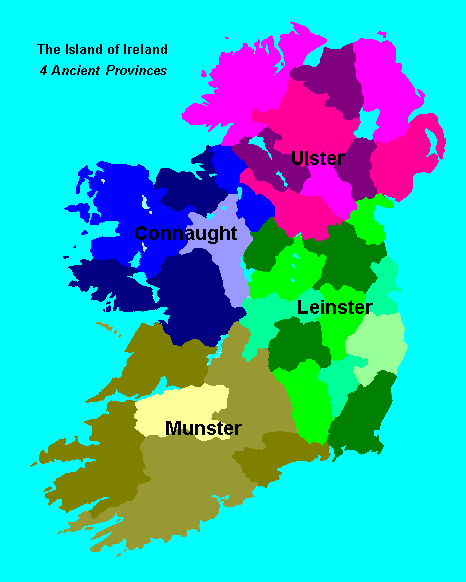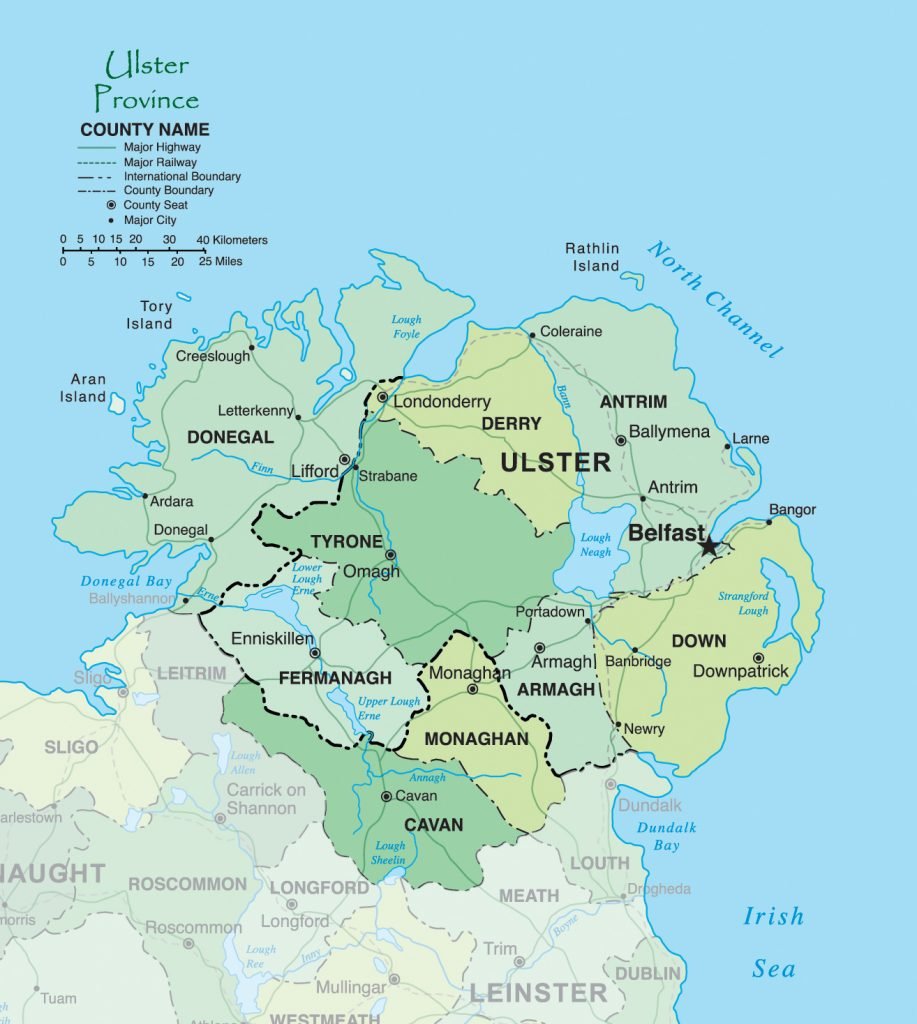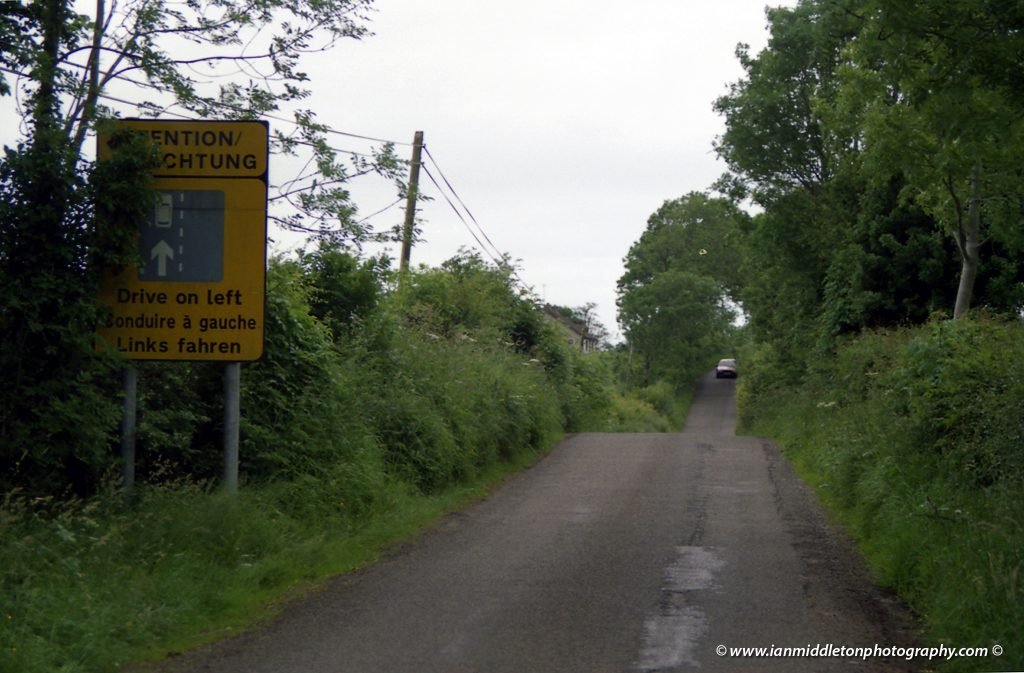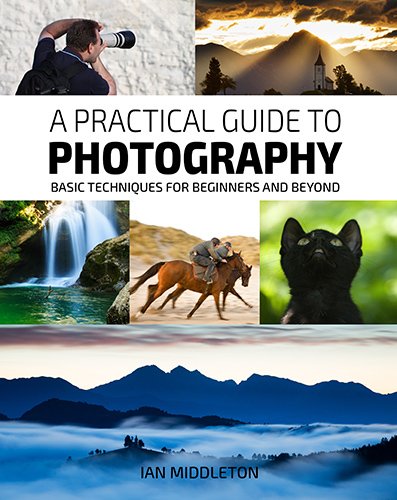
Brexit, which way to turn.
The UK has never been as divided as it is today over Brexit, or has it? There’s no doubt that Brexit has caused unprecedented division across the whole of the UK. It has pitted the public against each other: Leavers against Remainers. It has broken our Parliament and caused bitter fighting among the various political factions. It is tearing families apart. It has also seen the odd violent clash, abuse and threats to members of the public, and politicians.
The current Brexit impasse is the Prime Minister’s inability to get her Withdrawal Agreement through parliament, and while there are other issues MPs have with it, the main issue is clearly about the “Backstop”, this is the insurance policy designed to protect against a possible future hard border between Northern Ireland and the Republic of Ireland.
Many ask, “Why is this such a problem?” or claim that the EU is using this issue to stop us from leaving.
But maybe, just maybe, the solution to the Brexit crisis lies in the very thing that is causing us problems.
Let’s look at the problem of Northern Ireland and its border, which the British created, and which resulted in decades of division and fighting. And let’s also look at the great compromise that was found, which brought an end to the Troubles, has ensured two decades of peace in Northern Ireland, and went a great way to appeasing both sides, and which is also, ironically, the very thing that is making it difficult to simply leave the EU: the Good Friday Agreement.
The Problem
Historically, and in ancient times, there was no border. Ireland was one country, ruled over by the High King. The country has been divided into four provinces since ancient times: Leinster, Munster, Connaught and Ulster. (It was originally five, but the province of Meath was eventually merged with Leinster.)
When the early Catholic missionaries came, they succeeded in converting the population to Catholicism. Then the British came. For over 900 years Ireland was subjected to British occupation. During the years under British occupation, many Protestant settlers came over from the UK, and a large majority settled in six of the counties of Ulster. The descendents of many of these are Unionists, who feel closer to the United Kingdom. On the other side, the Catholic descendents of many of the native Irish living in this region are Republicans and feel closer to the rest of the Ireland.


Map of the province of Ulster showing the separation between Northern Ireland the Republic of Ireland. Map taken from my book: Mysterious World Ireland
After centuries of British rule, Home Rule was established in 1920, but it was here that the country was carved up. As there was a significant majority of Unionists throughout the six counties that now make up Northern Ireland, the Government of Ireland Act 1920 was established by the UK parliament, which created the two self-governing territories of Northern Ireland and Southern Ireland, with both remaining part of the UK. The act contained provisions for the eventual reunification of Ireland.
However, after the War of Independence Southern Ireland was given its freedom under the Irish Free State Constitution Act 1922. This act also gave Northern Ireland the ability to opt out and remain a part of the UK. Of course, given its Unionist majority, it did.
Since then Northern Ireland has been divided. Although the historic province of Ulster contains nine counties, only six of them were separated: Derry, Antrim, Down, Armagh, Fermanagh and Tyrone. Counties Donegal, Cavan and Monaghan, having a largely Republican population, remained with Southern Ireland.
The Republicans want the reunification of Ireland, essentially they want their country back (Brexiters, sound familiar?) and they don’t want to be governed by the British elite in London (again, familiar?). On the other side, the Unionists want to remain a part of the UK and want to keep their close ties and freedom of movement with the rest of the UK. (Remainers, sound familiar?)
The Solution
In the 1960s these divisions came to a head and what followed was decades of conflict, known today as “the Troubles” During this time there was fierce fighting between the Republicans and the Unionists, and much of this spilled over into the rest of mainland UK. The British army was sent in, and the border between Northern Ireland and the Republic of Ireland was heavily fortified. It was, I have no doubt, a terrible time.
But a great compromise was found. In the 1990s the various factions were brought together to negotiate a peace treaty. This resulted in the Good Friday Agreement, which was agreed on 10 April 1998.
The Good Friday Agreement is a masterpiece of democracy. It has given concessions to both sides. Firstly, a devolved Parliament has transferred legislative and executive powers over most Northern Ireland affairs to the Northern Ireland Assembly. But, more importantly, in which the opposing factions get to share power. This is based on a unique consociational model of democracy that was designed by Arend Lijphart for societies emerging from conflict.
Okay, I recognise that currently the power sharing agreement has collapsed, but rather than taking up arms a solution is being pursued in other ways. Nothing is 100% perfect, but the critical point here is the peace is still intact.
The other part of the agreement, and the one that is causing us the most difficulties leaving the EU, is the border. The border between Northern Ireland and the Republic of Ireland has been made as seamless and open as the borders between England, Wales and Scotland. Even though the currency has changed, and you have entered a new country, there are no border checks, no physical border posts, no money exchange booths, nothing. In all my years of travelling between the North and the Republic, I don’t ever remember seeing a sign welcoming me to Northern Ireland; just a sign welcoming me to the new county, such as “Welcome to County Derry” To all intents and purposes it was like I hadn’t even changed countries, and am in a united Ireland. And this is exactly how it is intended to feel.
This open border is designed to ensure that Republicans can freely move between the two without knowing it. It gives the feeling, albeit an illusion, that they have their country reunited. However, Northern Ireland still, politically, remains a part of the UK, which has appeased the Unionists. The perfect solution!
While there may well still be many who are unhappy with this, and of course many Republicans who still want full reunification, the most important thing is that it has brought peace to Northern Ireland. Rather than killing each other, they are talking about it. There has been peace for the last 20 years, and the longer there is peace the less likely people are to return to fighting.
County Donegal lies in the province of Ulster and is, ironically, more north than most of Northern Ireland. Yet Donegal lies in the Republic of Ireland. It is also one of the counties that lies along the Northern Ireland border. One day, when walking from Wexford to Donegal for charity, I came across this amusing signpost on a remote country road near the border. A tongue in cheek reminder, perhaps, that although you have left the UK-owned part, the rest of Ireland still drives on the left.

Brexit and Democracy
Admittedly, while not as extreme as the Northern Ireland division, the Brexit division is very real and very serious. I fear that there is a real chance of this spiralling into something much more serious.
Throughout the last three years the word “democracy” has been chanted across the UK by both Leavers and Remainers. Leavers say that if Brexit is not delivered then it will be a betrayal of democracy, because the people voted to leave. Remainers believe that it is their democratic right to be heard.
Both are correct, actually.
The Will of the People
You could look at our democratic process and say that things are decided by a vote, and the winners of that vote get what they want. When we elect our governments, the winning party gets to take office, but for five years. Then we get to vote again. But during this time the so-called losers don’t stay quiet and say, “Well it was the will of the people”. But the winning party do get the job, and rightly so.
Remainers have not been quiet, and are often told to shut up, get over it and accept the result. But in all honesty, if the tables were turned do you think that Leavers would have taken it on the chin? Nigel Farage himself said if Remain won by a just 52% he would not consider the matter settled. Since the Scottish referendum, which was equally close, have the Nationalists accepted the result and been quiet ever since? No, they are just as vocal as before. It is our democratic right to voice our opinions, whether it be agreement or dissent.
The results don’t change people’s views. But when there is an overwhelming majority it can easily be argued that this is the “will of the people”. But when the results are so close, like the Scottish and Brexit referendums, the matter will not go away so easily.
It’s often chanted that Brexit is the “will of the people”, which is in part true. But there is also a sizeable “will of the people” to remain.
While it would be clearly obvious what to do had there been an overwhelming majority for leave, there wasn’t. Just like the Scottish referendum, the Brexit referendum was extremely close 52% leave, 48% remain.
The government, of course, wants to and needs to deliver Brexit. But it’s faced with a unique challenge, how to do it.
The Current Impasse
The country is now in crisis, and the government too. With the Withdrawal Agreement being twice rejected there are calls from both sides of the camp to:
- Approve the Withdrawal Agreement
- Leave with no deal
- Seek a long extension to Article 50
- Revoke Article 50
- Hold a second referendum
Approve the Withdrawal Agreement
As I said before, the main reason the Withdrawal Agreement has been crushingly defeated is because of the backstop. The solution to the problems of Northern Ireland and the implementation of the open border was only made possible because of our membership of the EU. After we leave, this seamless border becomes the outer EU border and, if we leave the Single Market and Customs Union, must be subject to border and customs checks. This will represent a direct breach of the Good Friday Agreement. Both the UK and the EU has resolved never to let this happen.
Karma?
It could be argued that the irony of the Irish border problem causing this Brexit impasse and unprecedented division across the UK, is karma’s huge slap in the face for the former British Empire.
Leave with no deal
This is being chanted by hard-line Brexiters as the best way forward, but many oppose this and it will not solve the Irish border issue.
Seek a long extension to Article 50
The popular term, “kicking the can down the road” comes to mind.
Revoke Article 50
While I will admit, on a personal level, I would like us to remain in the EU, the revocation of Article 50 without an overwhelming majority in another referendum would, I now see, have a devastating impact. Many have called this a “betrayal of democracy and the referendum result” and they are right. This would not make the problem go away, and the ensuing anger would see more of the rise of people like Farage and his Brexit party. The more I think about it, the more I see that this would also just be “kicking the can down the road”
Hold a second referendum
Once again, admittedly I have been a supporter of this. However, again over time I have come to see that even if we did have a people’s vote on the Withdrawal Agreement with the option to remain, and this time Remain won by a small majority. Just like with the Scottish referendum, the problem would not be resolved and would not go away. The big difference here would be that if Remain won this time, their choice would be implemented by default. And the first referendum would have been ignored; a valid argument for the Leave side.
True democracy
Democracy isn’t always about who is first past the post, or the losing side shutting up and accepting the result of a vote. To suggest otherwise is nothing more than another form of dictatorship. Democracy is more about every person’s right to voice their ideas, opinions and desires. And I mean on both sides. Leavers have just as much right to shout about their desire to get out of the EU, as Remainers have to shout about wanting to stay. And both sides have the right to try to influence and change the minds of their opponents. Isn’t that what election campaigns are for?
True democracy is about giving the people a voice, listening to that voice and trying to implement a solution that does its best to appease as many as possible, if not everyone. When there is a huge majority, this is relatively easy. When there is a chance to try again in five years, it gives hope.
But the Brexit referendum was unique. No one will get to vote every five years, and there was not a huge majority either way.
So here’s a crazy idea
How about, like in Northern Ireland, we do something radical and try to find a solution that takes into consideration what both Leavers and Remainers want?
During the initial Brexit campaign the idea of a Norway or Switzerland-style Brexit was pushed by many in the Leave campaign (even Farage). Norway is in the Single Market, but is not in the EU. Switzerland has special access to certain parts of the Single Market, but must also accept the Four Freedoms: freedom of movement, goods, services and people.
Now of course many say that Brexit was a vote to take back control of our borders, but the thing is that we have never lost control of our borders. The UK, and Ireland in fact, opted to stay out of the Schengan Zone and retain border checks.
The other issue is with freedom of movement. While this does mean that any citizen of a country from within the Single Market has the right to move around freely to live and work, it does not mean you can move to a country and live off its benefits system. It actually comes with some restrictions: each country has the right to deport someone who, after 90 days, cannot support themselves financially either through work or personal funds. The UK has just chosen not to adopt this. In Slovenia, I had to apply for temporary residency and prove that I had enough money to sustain myself. If not, my application would have been rejected and I would have been refused the right to reside. The UK can do that too.
Another argument is that people from the eastern EU states are flooding in and working cheaply, undercutting British labour. This is also a valid concern, but can only happen legally in the case of a self employed worker. Ironically, in the UK, there is a minimum rate for employees, but not a minimum rate a self employed worker can charge, or be paid. So it’s easy for companies to take advantage of this and use self employed workers, or for self employed workers to undercut others in their profession. As a photographer I see this all the time, and with British nationals. A hobbyist, who has a full time job but does photography is their spare time, can easily afford to photograph a wedding for £150, whereas a professional who makes their entire living from this cannot.
But, this is where the government needs to legislate in order to create a fair playing field for all. Surely it wouldn’t be hard to enact a minimum rate for self employed professions.
So how about we look at the concerns of everyone, Leavers and Remainers, and look at the option of a softer Brexit? We could exit the EU, appeasing Leavers who want their country back and not be, as they say, “Ruled by the political elite of Brussels”, and we could stay in the Single Market and Customs Union, appeasing Remainers who want to keep their ties to the EU, keep their freedom to trade, work and move around seamlessly within the European Union.
Remaining in the Single Market would also eradicate the need for a hard border in Northern Ireland.
In Northern Ireland
Who knows? It may be that in future generations to come living in a peaceful Northern Ireland may make the people feel closer to the rest of Ireland, and overwhelmingly vote for reunification. Or, the people may choose to continue living the way they do now, part of the UK, but closely aligned with the Republic. But critically, they will continue to live in peace.
In the UK
Who knows? Maybe if we implement a Brexit Good Friday Agreement of our own, it may go some way towards healing the divisions. Maybe being like Norway, out of the EU but in the Single Market, we may find we like it. Or maybe we’ll see that it isn’t so good and overwhelmingly vote to leave that in the future. Maybe, we will decide to rejoin the EU. Or maybe, just maybe, we will also continue to live this way.
The Will of the People
So perhaps this great compromise would truly enact the will of the people, and show the world that we really are a true and modern democracy.












